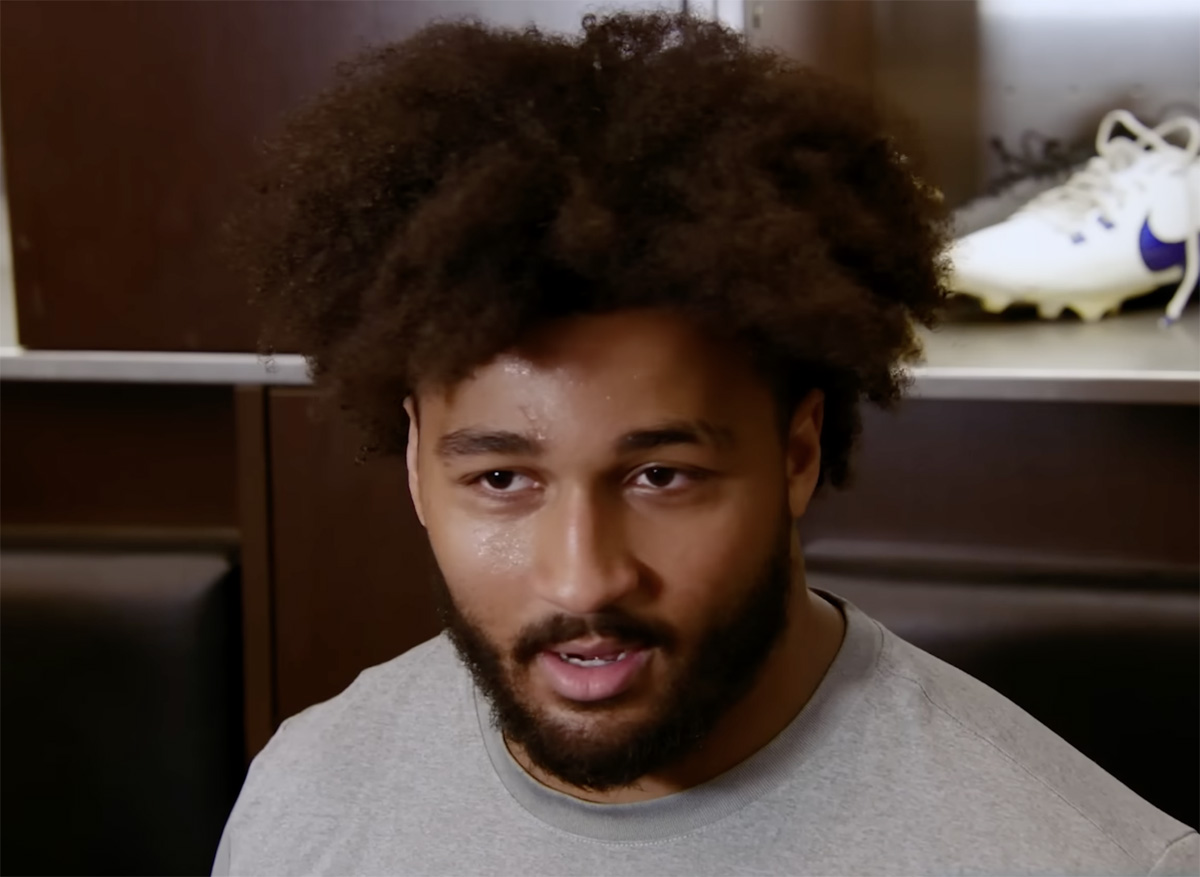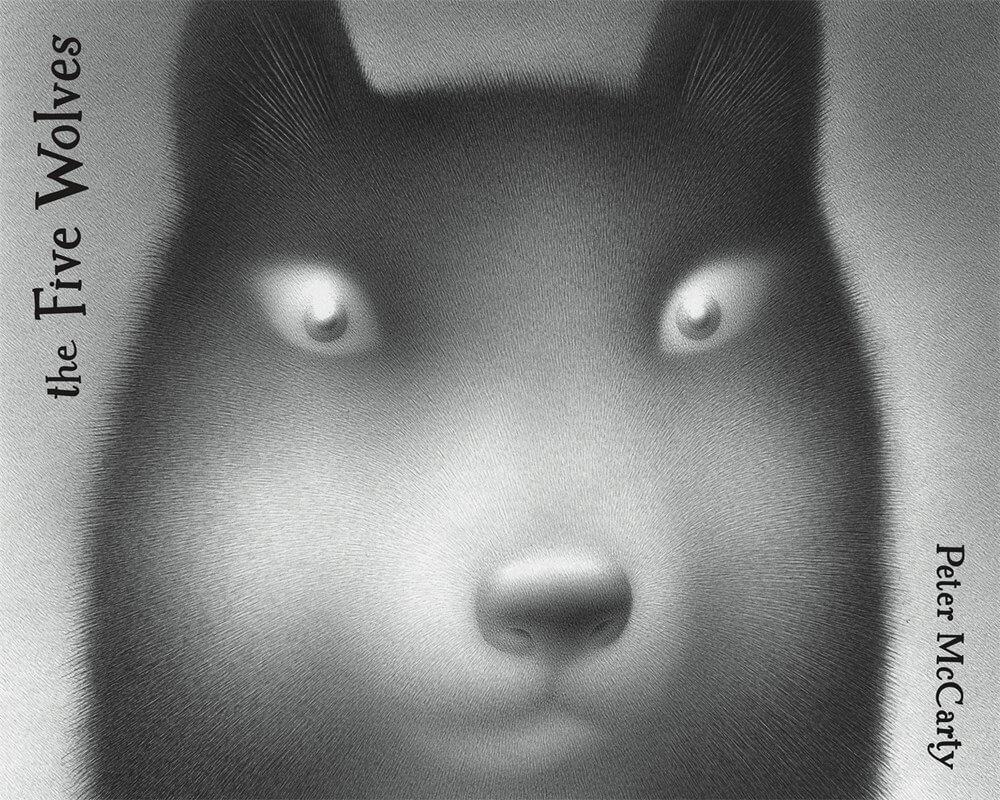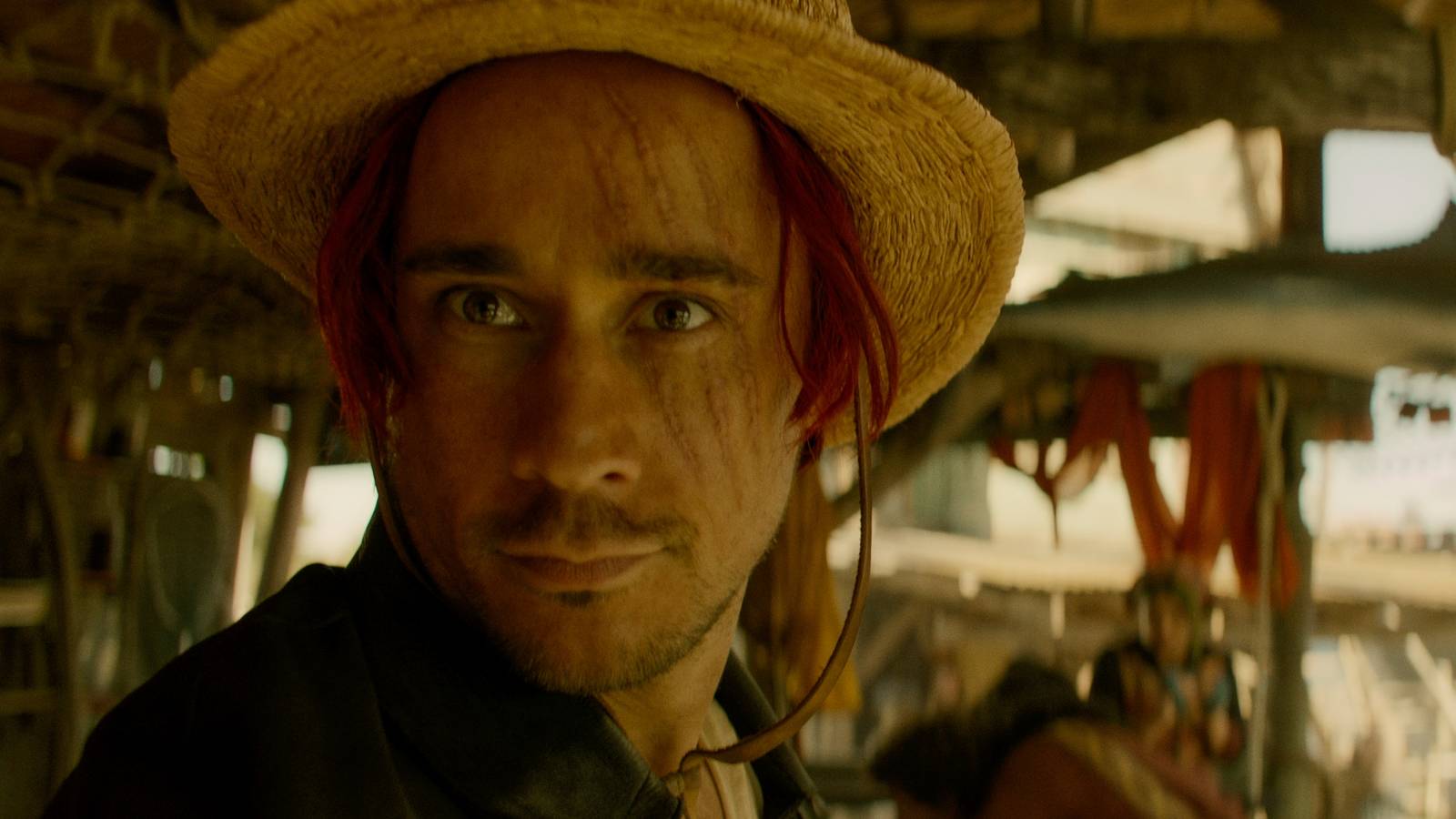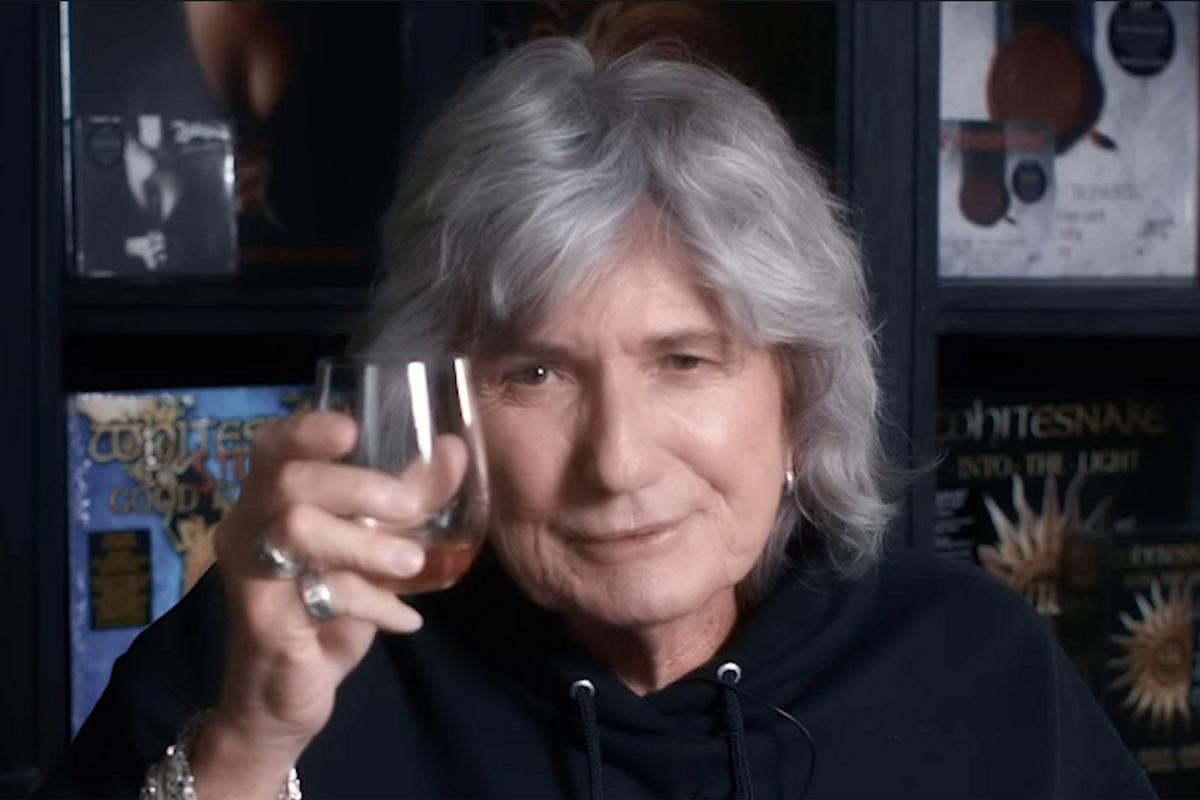The live-action One Piece has some great action moments, but a new manga adaptation from Netflix is proving how one-on-one sword fights should be done. One Piece is one of Netflix’s anime adaptations, many of which were based on manga stories themselves. With One Piece season 2 on the horizon, the streamer is not slowing down with this genre.
In fact, Netflix’s message about One Piece‘s future proves how crucial anime and anime adaptations are to the streaming service. More of this ilk are being developed by Netflix, with one being released in November 2025. While the show in question was never an anime, it was adapted from a manga renowned for its action sequences.
Via the Netflix adaptation of this show, One Piece is being shown how to handle its more intimate action scenes going forward.
Last Samurai Standing’s Fight Scenes Are On Another Level
The manga adaptation released on Netflix in November 2025 was Last Samurai Standing. The show is about a battle royale between 292 samurai, and while it has some deeper themes, the focus was placed on having expertly choreographed fight scenes. Last Samurai Standing‘s reviews point out as much, with a lot of praise being directed towards the slick, visceral sword fights.
Every action scene in the show is filmed using long takes and minimal CGI, thus putting the performance of its actors and stunt workers front and center. The choreography is quick and fluid, with dynamic camera movements that always portray the adequate chaos needed for a battle royale, though without losing focus of Last Samurai Standing‘s main characters.
The show itself is not as deep and complex as other battle royales like Squid Game or Alice in Borderland, but Netflix knew what the true strengths of Last Samurai Standing were. For this reason, its fight scenes never once disappoint.
One Piece Season 1 Needed Better Hand-To-Hand Fight Scenes
This brings to mind the most popular Netflix anime adaptation: One Piece. Some of One Piece‘s overall action sequences, especially those utilizing heavy digital elements, were excellent, including the assault on Arlong Park. However, the more intimate, one-on-one action scenes were not as fluid or expertly choreographed as those in Last Samurai Standing.
This is not to say those sword fights, mostly involving Roronoa Zoro, were not good. They still featured solid camerawork and good stunts, featuring fewer cuts than a lot of Western action shows tend to have. In comparison to Last Samurai Standing, though, One Piece‘s hand-to-hand fight scenes look weaker than initially thought.
Hopefully, this improves with One Piece season 2. Zoro’s actor, Mackenyu, has insisted that One Piece season 2’s fight scenes will be deadlier, especially where his character is concerned. Mackenyu revealed that the stunt team he worked with on the live-action Rurouni Kenshin movie will be involved in One Piece season 2, hopefully elevating the fights to be more like those in Last Samurai Standing.
Anime Adaptations Should Never Overlook The Fight Scenes
All of this is to say that anime adaptations, or manga ones in Last Samurai Standing‘s case, should never overlook fight scenes. Of course, capturing the narratives, characters, and, arguably, most importantly, the spirit of any anime or manga should be crucial in live-action adaptations.
That said, anime and manga stories are able to depict action sequences in a way that most Western shows, be they animation or live-action, do not. As such, translating these iconic, genre-specific action sequences is just as important to adaptations as anything else.
Shows like Last Samurai Standing or the live-action Yu Yu Hakusho are proof of that, with their action sequences being dynamic, exciting, and fluid in the way they were in the source material. All anime or manga adaptations going forward should use this as the blueprint, including One Piece season 2 and any potential future installments of Last Samurai Standing.

- Release Date
-
August 31, 2023
- Network
-
Netflix
- Showrunner
-
Matt Owens
-
Iñaki Godoy
Monkey D. Luffy
-























